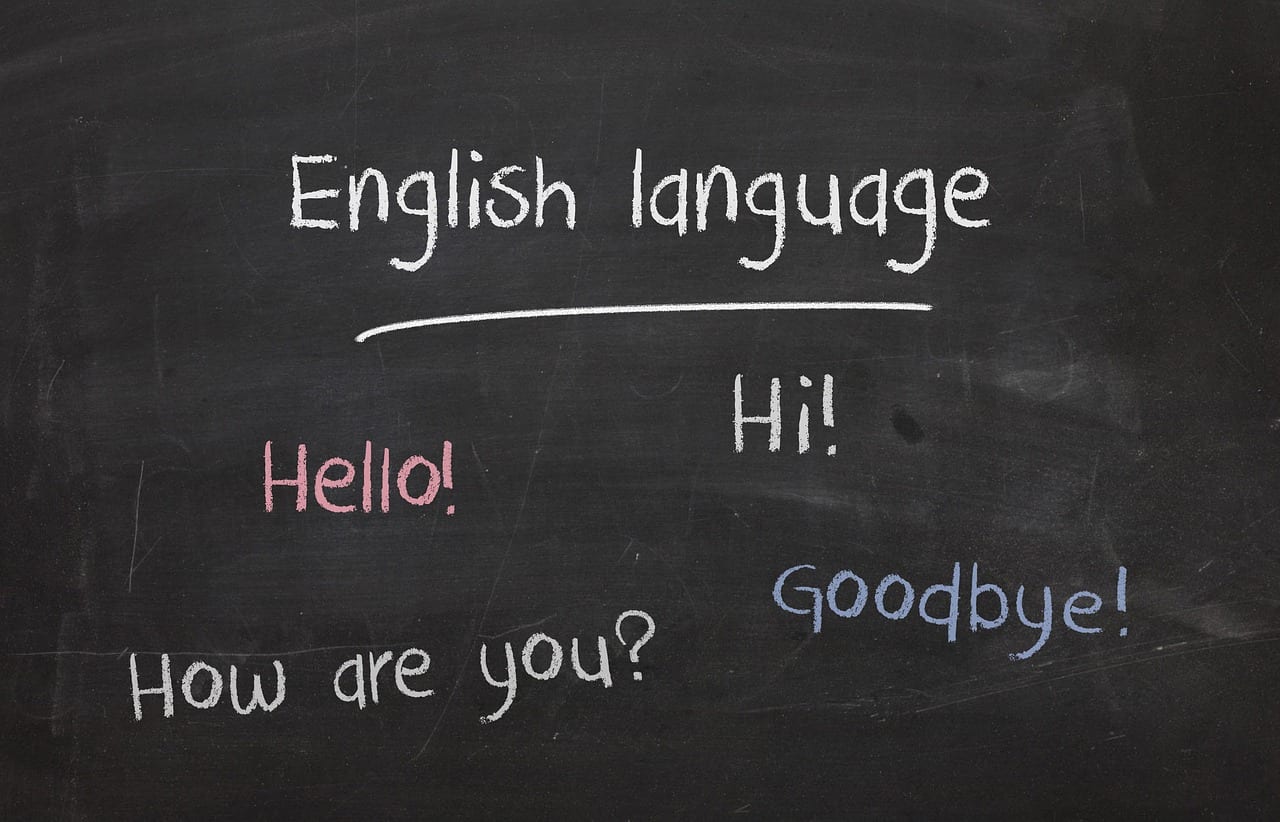
BiljaST / Pixabay
Six years ago I began this regular feature where I share a few posts and resources from around the Web related to ESL/EFL or to language in general that have caught my attention.
You might also be interested in THE BEST RESOURCES, ARTICLES & BLOG POSTS FOR TEACHERS OF ELLS IN 2020.
Also, check out A Collection Of My Best Resources On Teaching English Language Learners.
In addition, look for our new book on teaching ELLs, which was published in the Spring of 2018 and learn about our next book.
Here are this week’s choices:
Supporting ELLs in the Mainstream Classroom: 12 Strategies for Language Instruction is from Colorin Colorado. I’m adding it to The Best Advice To Content Teachers About Supporting English Language Learners.
Researchers explore how children learn language is from Eureka Alert.
Who Needs the Grand Canyon? Try a Microadventure. is an interesting NY Times article about finding “awe” in nature. The strategies it talks about could be used anywhere, and would be good activities for The Language Experience Approach. One of my next “Best” lists will be on LEA.
The Visual Non-Glossary, created by Stephen Fleenor for Seidlitz Education, seems to me to be a “must-have” for Science educators working with ELLs. It costs $100, but definitely seems worth the cost. I’m adding it to The Best Resources For Teaching The Next Generation Science Standards To English Language Learners.
The pandemic seems to have a terrible impact on education in Mexico and Central America. Read more about it at these three articles:
1+1=4? Latin America Confronts a Pandemic Education Crisis. is from The NY Times.
Latin America’s Long School Shutdown Is Leading to Crisis is from The Wall Street Journal.
The Damage of Mexico’s Pandemic School Closures Has Been Catastrophic is from Slate.
This will obviously have an impact on ELL teachers in the U.S. as we try to support SLIFE refugees coming from there.
I’m adding this tweet to The Best Popular Movies/TV Shows For ESL/EFL:
I dug up an old blog post on the subject and added descriptions of these activities. Plus recommended videos for each. Hope it is helpful. https://t.co/DjvHuZF8OP
— David Deubelbeiss (@ddeubel) July 5, 2021
{{New Podcast Episode}}
–> https://t.co/uGrKp7ZM5a 🎧
Thank you, @MAisicovich for joining us on a live https://t.co/HVCVdlcvvF show. I learned so much from you, Dr. Aisicovich. Thanks for all your research and all you share. #SLIFE #SIFE #Newcomers #MLLs #ELLs #Multilinguals pic.twitter.com/DqeK3to8v6— Carol Salva (@MsSalvac) July 5, 2021
Excellent tip from @TanKHuynh https://t.co/KdNb8swyB3
— Larry Ferlazzo (@Larryferlazzo) July 3, 2021



Recent Comments